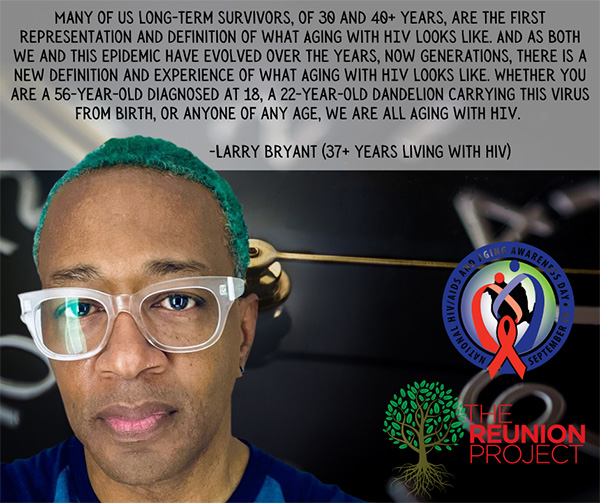For many of us aging with HIV, we don’t really need an awareness day once a year to remind us of something that we live with each and every day. But this particular day, National HIV and Aging Awareness Day on September 18, helps bring attention to the myriad issues those of us living and aging with HIV experience. It also gives us an opportunity to celebrate the successes of modern antiretroviral therapy (ART), which is nothing short of miraculous—provided you have access to it. The success of ART is one of the reasons nearly three-quarters of people living with HIV in the U.S. will be over the age of 50 by 2030.
A recent article in The New York Times, “For ‘Silver Tsunami’ With H.I.V., New Hope for Healthy Aging,” addresses some of the issues older adults with HIV face, and points to a recent study which “showed that a statin drug significantly lowered the risk of heart attacks and strokes among middle-aged and older people with the virus.” As a long-term survivor of HIV (34 years this week) and newly eligible for Medicare, it is a topic near and dear to my heart (pun intended).
In addition to the many complex physical issues older adults with HIV face, we are now experiencing a multitude of psychosocial issues including increased anxiety, depression, suicidality, substance use, and post-traumatic stress disorder (PTSD), to name a few—and this burden is increasingly being borne by people of color and historically marginalized populations.
When we have conversations around HIV and aging, we must include lifetime survivors, who are people who have been living with HIV their entire life or from a very early age, and are now in their 20’s, 30’s and 40’s.
While the NYT article only begins to skim the surface, I hope that it’s the beginning of a much larger conversation around HIV and aging that desperately needs to happen.
Take care of yourself and each other.
